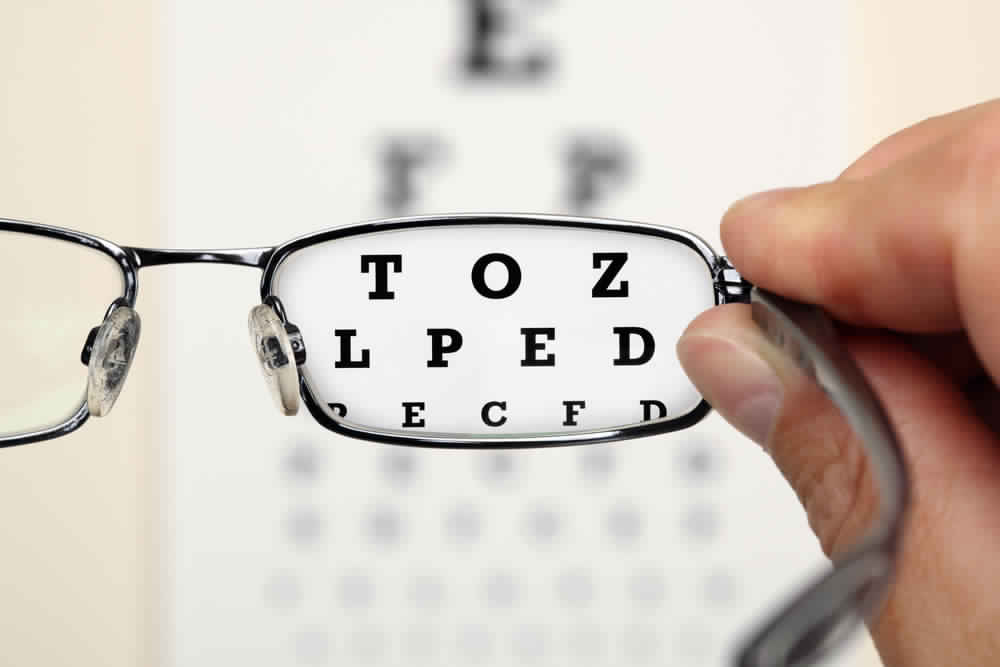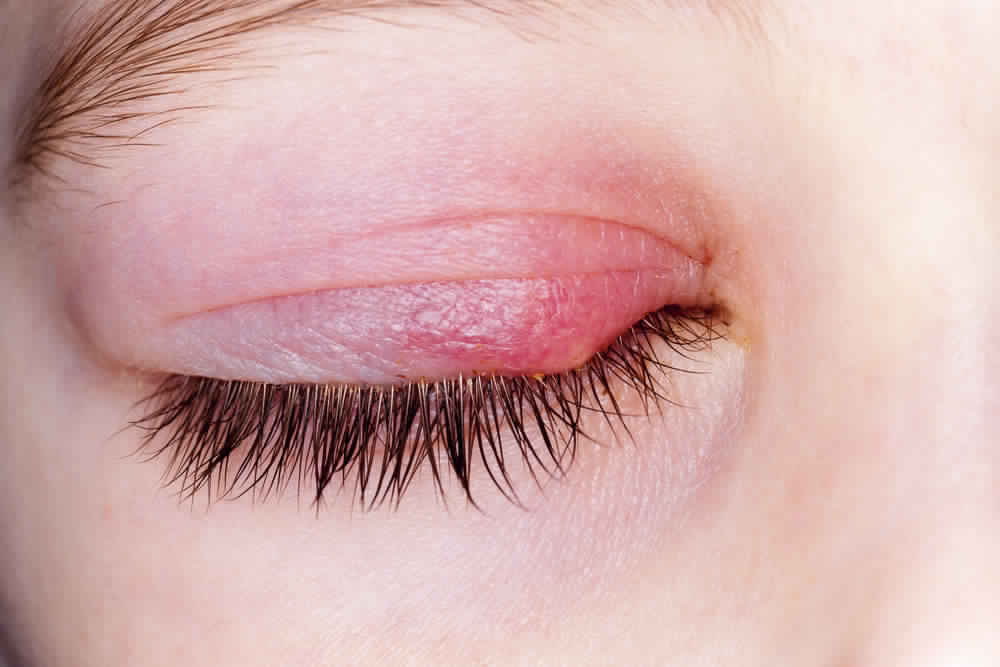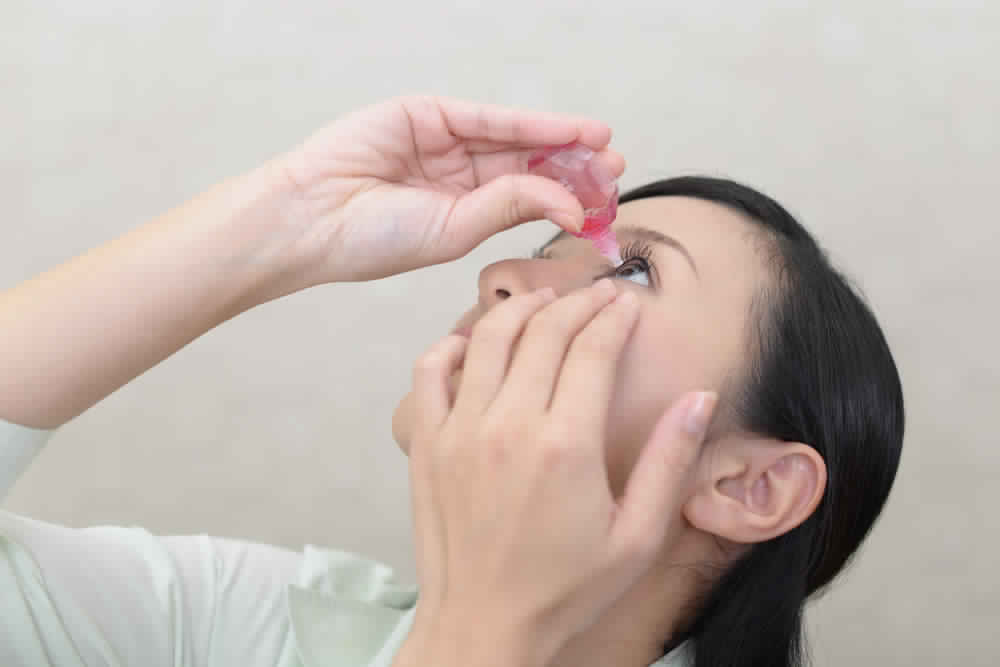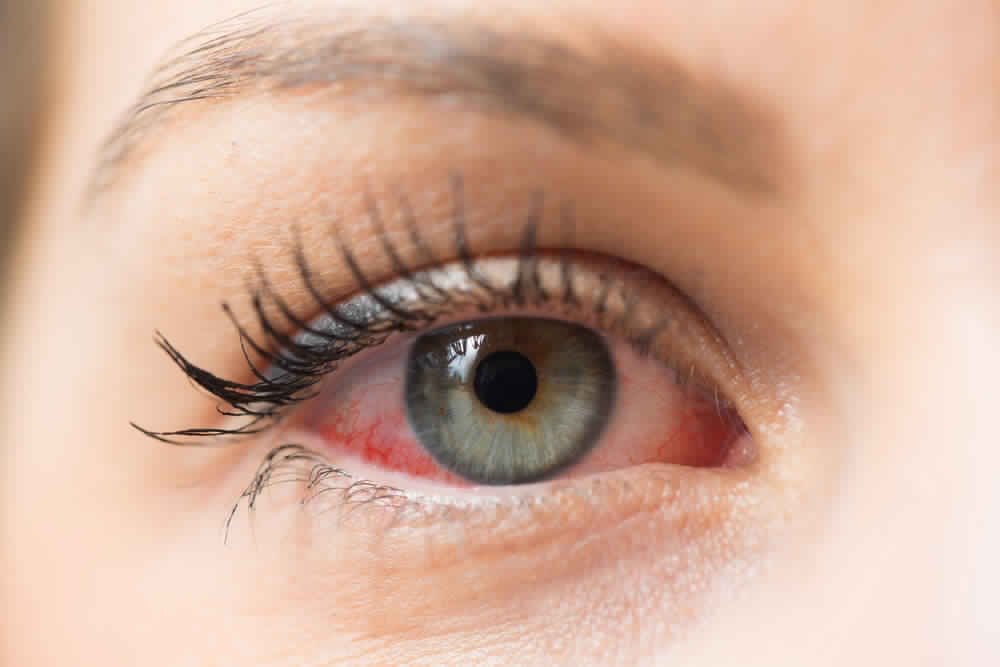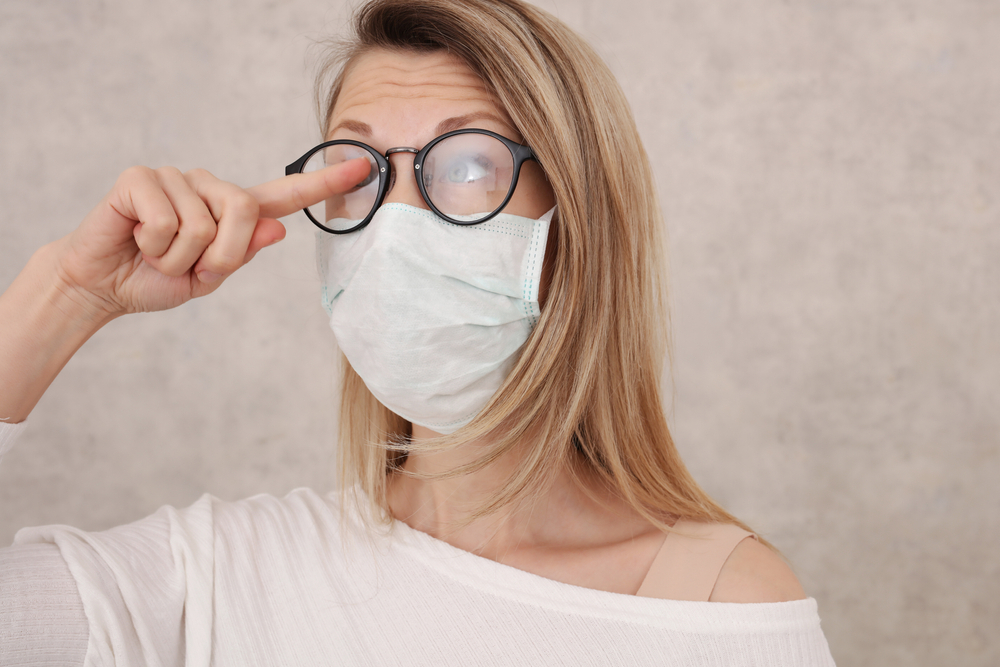You’ve just had an eye exam and your optometrist or ophthalmologist has given you an eyeglass prescription, but what do all those numbers on your eyeglass prescription mean?
And what about all those abbreviated terms, such as OD, OS, SPH and CYL?
This article will help you decipher all parts of your prescription and discuss it knowledgeably with an optician or when you buy eyeglasses online.
What OD and OS mean
The first thing to understand your eyeglass prescription is knowing what “OD” and OS” means. They are abbreviations for oculus dexter and oculus sinister, which are Latin terms for right eye and left eye.
Your eyeglass prescription also may have a column labeled “OU.” This is the abbreviation for the Latin term oculus uterque, which means “both eyes.”
Though the use of these abbreviated Latin terms is traditional for prescriptions written for eyeglasses, contact lenses and eye medicines, some doctors and clinics have opted to modernize their prescriptions and use RE (right eye) and LE (left eye) instead of OD and OS.
On your eyeglasses prescription, the information for your right eye (OD) comes before the information for your left eye (OS). Eye doctors write prescriptions this way because when they come face to face with you, they see your right eye on their left (first) and your left eye on their right (second).
Other terms on your eyeglass prescription
Your eyeglass prescription contains other terms and abbreviations as well. These include:
Sphere (SPH)
Sphere indicates the amount of lens power, measured in diopters (D), prescribed to correct nearsightedness or farsightedness. If the number appearing under this heading has a minus sign (–), you are nearsighted; if the number has a plus sign (+) or is not preceded by a plus sign or a minus sign, you are farsighted.
Cylinder (CYL)
Cylinder indicates the amount of lens power for astigmatism. If nothing appears in this column, either you have no astigmatism, or your astigmatism is so slight that it is not really necessary to correct it with your eyeglass lenses.
The number in the cylinder column may be preceded with a minus sign (for the correction of nearsighted astigmatism) or a plus sign (for farsighted astigmatism). Cylinder power is always written after sphere power in an eyeglass prescription.
Add
Add is the added magnifying power applied to the bottom part of multifocal lenses to correct presbyopia. The number appearing in this section of the prescription is always a “plus” power, even if it is not preceded by a plus sign. Generally, it will range from +0.75 to +3.00 D and will be the same power for both eyes.
Prism
This is the amount of prismatic power, measured in prism diopters (“p.d.” or a superscript triangle when written freehand), prescribed to compensate for eye alignment problems. Only a small percentage of eyeglass prescriptions include prism.
Lens types and coatings
Your eye doctor also might write specific lens recommendations on your eyeglass prescription — such as anti-reflective coating, photochromic lenses and/or progressive lenses — to give you the most comfortable vision correction possible.
An example of an eyeglass prescription
Did you get confused? Let’s use an example to understand things better.
Here is a sample eyeglass prescription:
OD -2.00 SPH +2.00 add 0.5 p.d.
OS -1.00 -0.50 x 180 +2.00 add 0.5 p.d.
In this case, the eye doctor has prescribed -2.00 D sphere for the correction of myopia in the right eye (OD). There is no astigmatism correction for this eye, so no cylinder power or axis is noted. This doctor has elected to add “SPH,” to confirm the right eye is being prescribed only spherical power. (Some doctors will add “DS” for “diopters sphere;” others will leave this area blank.)
The left eye (OS) is being prescribed -1.00 D sphere for myopia plus -0.50 D cylinder for the correction of astigmatism. The cyl power has its axis at the 180 meridian, meaning the horizontal (180-degree) meridian of the eye has no added power for astigmatism and the vertical (90-degree) meridian gets the added -0.50 D.
Both eyes are being prescribed an “add power” of +2.00 D for the correction of presbyopia, and this eyeglass prescription includes a prismatic correction of 0.5 prism diopter in each eye. In the right eye, the prism is base down (BD); in the left eye, it’s base up (BU).
Now you know the ABCs and the ODs and OSs of your eyeglass prescription, so you can make sense of your eyeglass prescription.



